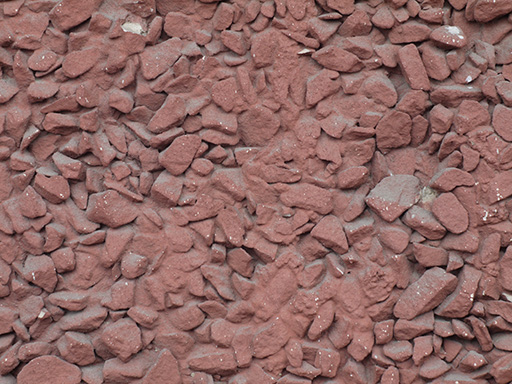
Lets review external sound card Roland OCTA-CAPTURE, designed for professional studio work; it can work with sampling rates up to 192 kHz and 24 bits per sample precision ( internal processing is performed with 40 bits precision ). Its frontal panel has : 4 combined XLR/TRS ( 1/4″ jack ) inputs, first two are instrumental Hi-Z inputs, rest 2 – microphone inputs with switchable phantom power +48 V; preamplifiers, phantom power, compression and SENS function control buttons with back-light; LCD display, that shows information about card’s work; TRS ( 1/4″ jack ) output for monitor headphones, Direct Monitor switch, display, headphones signal source and card power control buttons with back-light and outputs volume control knob. Its back panel has : USB port, through which it is powered and communicates with computer; power adapter input; MIDI input and output; coaxial digital RCA input and output; 8 analogue TRS ( 1/4″ jack ) outputs; and 4 additional combined XLR/TRS ( 1/4″ jack ) inputs. To all combined XLR/TRS ( 1/4″ jack ) inputs high-quality preamplifiers are connected, such inputs and all 8 main TRS ( 1/4″ jack ) inputs of card are balanced.

Dynamic range of 8 inputs is 104 dB, 8 outputs is 113 dB; for it drivers are released for Windows XP, Vista, 7, 8, 8.1 and 10 and Mac OS X 10.6 and newer with support of ASIO 2.0, WDM and Core Audio interfaces, via which it tightly integrates with modern DAWs : Avid Pro Tools, Ableton Live, Steinberg Cubase, FL Studio, Cackewalk Sonar, REAPER and others. Its sizes are 284 ( width ) x 158 ( depth ) x 50 ( height ) mm and mass is 1.3 kg; its body is made of aluminum. Package contains : Roland OCTA-CAPTURE sound card itself, USB cable, optical disks with drivers and software and user’s guide. In the entry level studio sound cards segment Steinberg and Behringer are leaders and Focusrite and Roland devices are slightly weaker than them; in the middle level studio sound cards class, second ones catch up with leaders and show no weaknesses. So, when audio interface of such level is being chosen, there is need to look on specific task, for which card is bought, and on prices of these devices.



